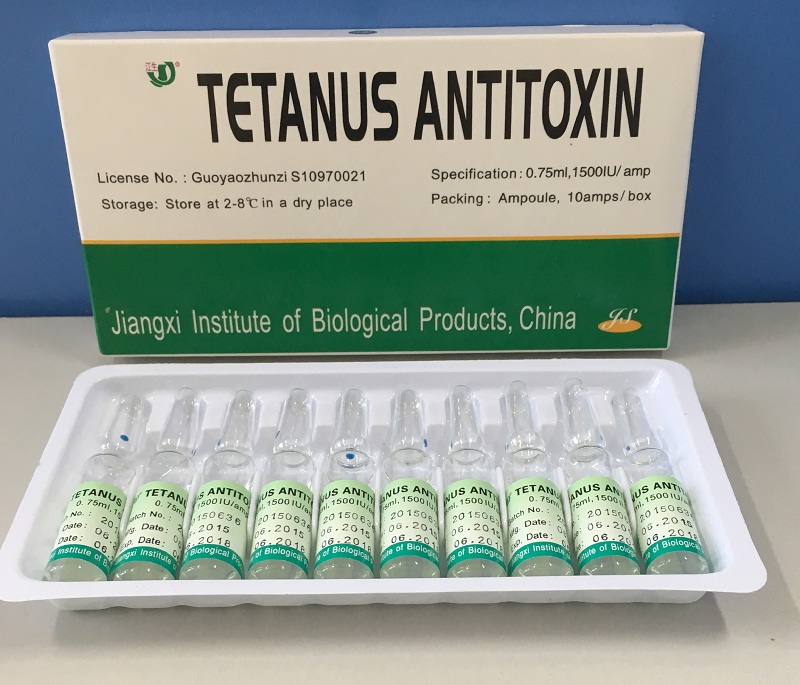The adults of cabbage caterpillars are also called Pieris rapae L. and classified as Lepidoptera and Pieridae. The cabbage white butterfly is mainly harmful to cruciferous vegetables (there are 35 known species of host plants in 9 families), and cabbage vegetables are the most affected.
Hazardous characteristics: The larvae bite the leaves, and 1 to 2 instar larvae eat leafy leaves on the leaves, and the residual epidermis turns into transparent spots. After 3rd instar larvae eat the leaves into holes or nicks, and the leaves can be eaten in severe cases. Leaves veins and petioles remain, and feces from larvae contaminate the leaves, affecting product and quality. In addition, wounds caused by larval damage are also susceptible to bacterial soft rot, and losses are even greater.
Morphology: The cabbage white butterfly is a medium-sized butterfly with a body length of nearly 20 mm, a wingspan of 50 mm, a body gray, and a white wing. The female tip of the butterfly wing is grayish black, and there are two prominent dark spots in the middle part; the male butterfly has only one dark spot. The larvae have a greenish green body and are covered with fine hairy tumors that look rough. The last instar larvae are nearly 35 millimeters long and have a total age of 5 years.
Habits: This worm year has 4 to 5 generations (North China) or 8 to 9 generations (South China) and overlaps from generation to generation. It is wintering at fences, eaves and bark cracks, etc. that shelter from wind and sun, near the vegetable garden, but in Guangzhou area. Winter is not obvious. The year of harm varies from place to place. Around the Great Wall, it is endemic in late spring and early summer (April-June) and late autumn and early winter (September-November). It occurs mildly in summer and early autumn; in the northeast it grows in July and September; in Jiangxi, it is 7, 8 Sheng Sheng. Adults fly during the day, feed on nectar, and inhabit under leaves and grasses at night or on rainy days. Female butterflies spawn on the leaves, produce while flying, and lay the most eggs on broccoli and broccoli. Younger larvae have drooping drooping habits, and older larvae have a habit of falling insects. When the larvae are mature, they phlegm on the leaves. Before the larvae are spit, the tails are tangled on the leaves or attachments, and then the silkworms are wound around the abdomen to phlegm. Temperature, natural enemies and the abundance of foodstuffs have a significant impact on insects. Natural enemies include golden mistletoe and thigh bee of parasitic mistletoe, reddish larvae of parasitized larvae, broad-spectacled bees of egg parasites, and predation natural enemies such as wasp, etc., as well as various molds and granules parasitizing larvae and mites. Body virus. Proper temperature (20~25°C) Humidity (relative humidity about 76%) and adequate foodstuff are conducive to larval development and feeding; High temperature (>32°C), low humidity (relative humidity<68%) and insufficient food can cause a large number of larvae death.
Control methods
1, clean pastoral. After the harvest, timely weeding of field weeds, old branches and leaves, and deep-turning soil will help reduce the source of insects.
2, biological control. Spray BT emulsion (Bacillus thuringiensis preparation) or Pyricularia oryzae powder (used in accordance with the instructions), or use old mature larvae (300 strips/ha) infected with the polyhedral granule virus to rot, filter and spray on water, such as Mixing with low concentrations of chemical pesticides such as pyrethroids and spraying them in the evening can improve their immediate effect.
3, chemical control. The pesticide should be applied before the larvae are 2 years old. The control agent can use 2.5% vegetable suspension agent 1000-1500 times liquid. For a vegetable field with a high amount of eggs in the field, it can be controlled with a 5% stuck solution of 1500-2000 times for 1 time during the initial period of egg hatching. When the young larvae are at the peak stage, the above agents are used for prevention and treatment. It can be sprayed with 5% Sodium Tetrachloromethane 4000 times spray or 25% Diflubenzuron suspension 800 times, so that Pieris rapae can not be killed by normal skin age, it will neither pollute the environment nor kill natural enemies; 60% can also be used. Eimamo Emulsion 1000 times, or 20% cypermethrin Emulsion 2000 times, or 25% Emulsion 2500 times, or 40% Emulsion, or 20% chloramphenicol, or 20% off Dimethoate EC 2 000-3000 times, or 50% phoxim EC 1 000 times, spray 2 or 3 times, every 7 to 15 days 1 time, the amount of foot medicine should be used in the field for drug control, uniform Spray the front and back of the leaves of the vegetables, and alternately use different types of pharmaceutical agents with different mechanisms of action.
The main ingredient of Tetanus Antitoxin is that horse tetanus immunboglobulin following pepsin digestion. It's used for the prophylaxsis and therapy of tetanus.
The ATS Injection (equine origin) is efficient and affordable for patients, which maket share covers over 70% of China, and it's expored to over 20 countries, especially to Afica, southeast Asia, South Asia. We offer an array of Tetanus Antitoxin Injection in different strength, there are 1500IU, 3000IU, 5000IU, 10000IU.

Antitoxin Formulations For Human
Antitoxin Formulations For Human,Tetanus Antitoxin,Tetanus Antitoxin Formulations,Antitoxin Formulations Essential Drug
Jiangxi Institute of Biological Products Inc. , https://www.jxinstitute.com